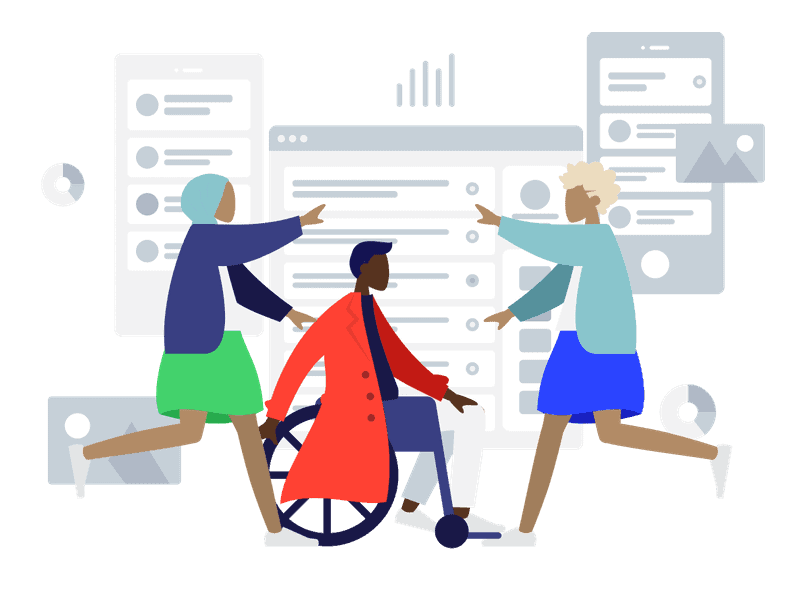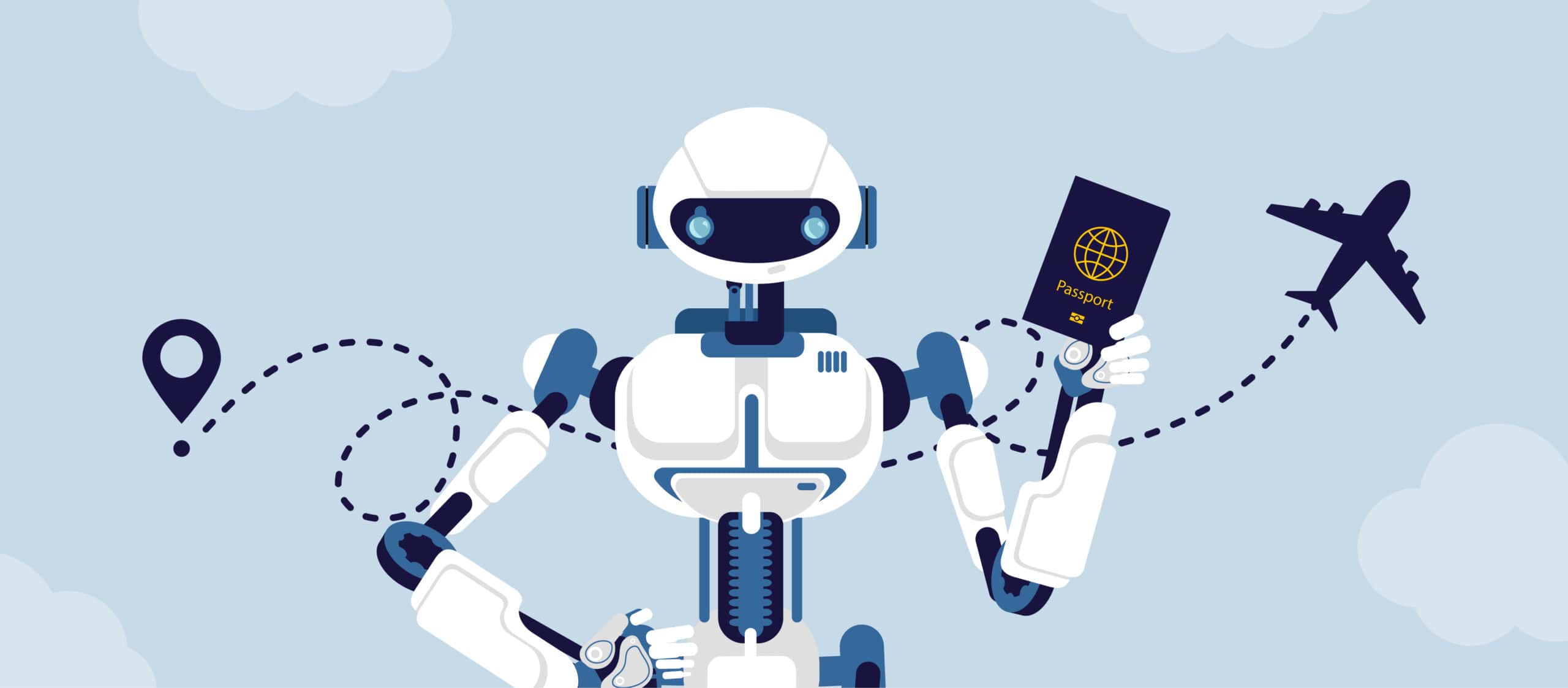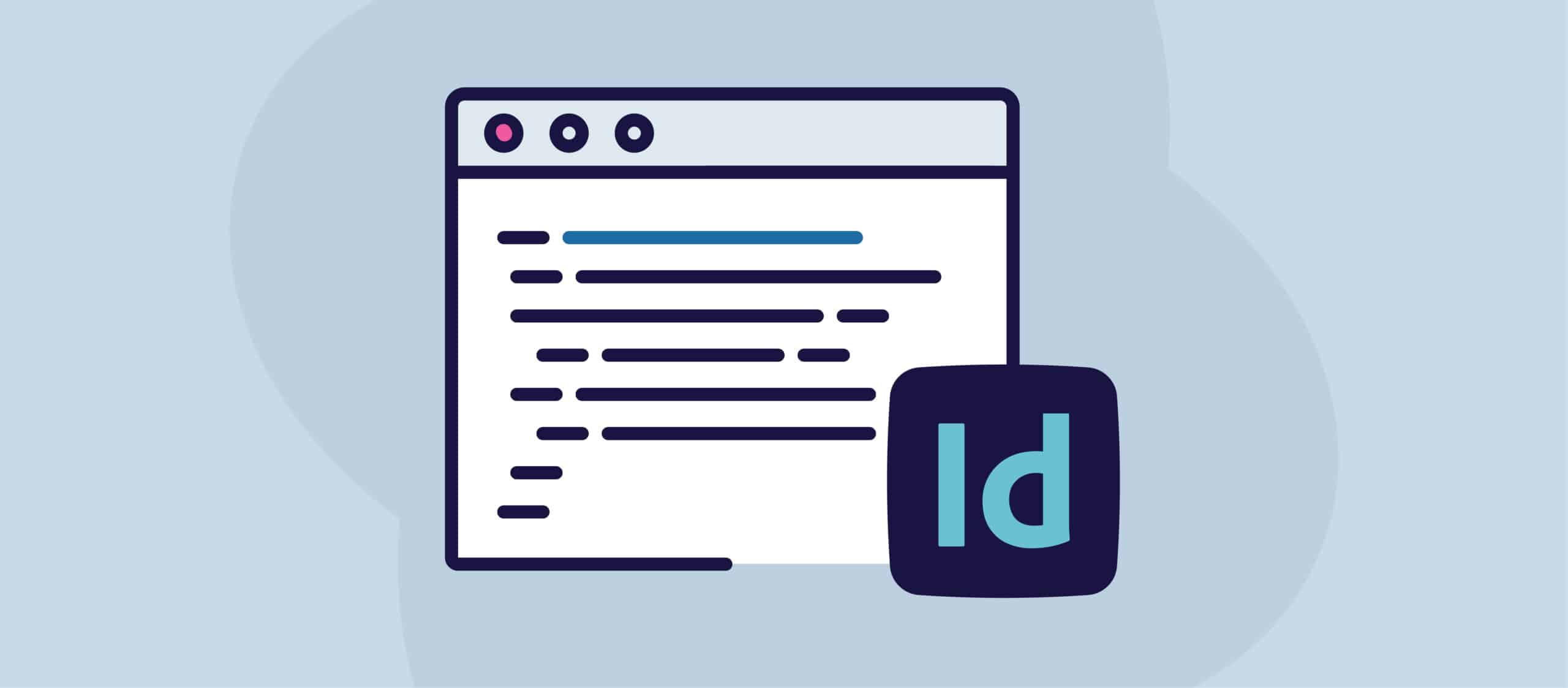Digital tilgjengelighet is the practice of ensuring that all digital content, such as websites, mobile applications, and digital documents, is usable by everyone, including people with disabilities. This remit encompasses a wide range of disabilities, from visual and auditory to cognitive, psychological, and motor impairments. As of 2024, estimates have over 1.3 billion people worldwide living with some form of disability, representing around 15% of the global population. For these individuals, digital accessibility is not just a convenience—it’s a necessity. According to the World Health Organization, an even greater number, 2.5 billion people or 33% of the population, benefit from the use of assistive technology within the digital environment.
The benefits of digital accessibility extend far beyond compliance with legal standards. Inclusive digital experiences create opportunities for participation in education, employment, healthcare, and social activities. In fact, businesses that prioritize accessibility can tap into a market valued at over $8 trillion globally, as inclusive design often improves usability for all users.
As we move into 2025, digital accessibility is poised to become more relevant and visible than ever, driven by technological advancements, evolving regulations, and increasing awareness of its importance. Organizations increasingly recognize that accessibility is not just a compliance checkbox but a critical driver of innovation, inclusion, and growth.
In this blog, we spotlight three significant trends that highlight the transformative potential of digital inclusion in 2025: artificial intelligence in accessibility, the implications of Title II amendments, and the opportunities of moving beyond accessibility “widgets” or overlays.
Artificial Intelligence: Empowering Inclusive Innovation

Artificial intelligence (AI) has emerged as a powerful enabler of accessibility, offering numerous opportunities to create more inclusive digital spaces. From real-time transcription services to personalized user experiences, AI can dramatically improve how individuals with disabilities interact with technology. For instance, AI-powered applications can help users navigate content seamlessly, providing real-time captioning, image descriptions, and enhanced screen-reader capabilities.
AI also unlocks innovative solutions, such as predictive text input tailored for individuals with learning disabilities or mobility impairments, which can streamline communication and improve productivity. AI-driven voice assistants, such as Alexa and Siri, are continuously improving, enabling users with visual or motor disabilities to control devices and access information hands-free. Moreover, image recognition tools, such as Microsoft’s Seeing AI, transform how visually impaired individuals interact with the world by describing surroundings, reading text, and recognizing objects in real-time.
More importantly, AI is enabling solutions that were previously unthinkable. Imagine tools that adapt dynamically to a user’s unique needs or AI assistants that empower individuals with disabilities to perform tasks independently. As Special Olympics data from 2024 shows, 77% of parents believe AI has the potential to close educational gaps for students with intellectual and developmental disabilities. This year, technology developers and organizations alike are taking meaningful steps to address biases in AI training data, ensuring these tools reflect the diverse needs of all users.
As a recent report highlighted, investments in AI-powered accessibility tools look set to increase by over 20% annually. By integrating inclusive design principles and involving individuals with disabilities in the development process, organizations can unlock AI’s full potential to foster digital inclusion.
Title II Amendments: Advancing Accessibility for All
Den Lov om amerikanske borgere med nedsatt funksjonsevne (ADA), enacted in 1990, is a landmark civil rights law aimed at prohibiting discrimination against individuals with disabilities in all areas of public life, including jobs, schools, transportation, and public and private places open to the general public. Title II of the ADA specifically addresses the obligations of state and local governments to provide equal access to their programs, services, and activities.
In 2024, significant amendments were introduced to Title II to reflect the growing importance of digital accessibility. These updates expanded the definition of living, working, and learning spaces to include both brick-and-mortar and mobile/web environments and content. This landmark amendment is the first of its kind in the United States to specifically include websites and mobile applications, fundamentally modernizing the law to meet the realities of a digital-first world, where many public services are now delivered online. The updated Title II regulations emphasize non-discrimination and program accessibility, requiring entities to comply with Retningslinjer for tilgjengelighet til webinnhold (WCAG) version 2.1 at the AA level to ensure usability for individuals with disabilities.

2025 looks set to be the year when organizations recognize the broader value of these updates. Beyond compliance, embracing accessibility helps businesses reach wider audiences, improve customer satisfaction, and demonstrate a commitment to equity. Public entities, for instance, are now tasked with ensuring their digital services meet updated WCAG standards, ensuring a seamless experience for all users.
Private businesses that proactively align with these standards will not only mitigate risks but also strengthen their reputations as leaders in social responsibility. Additionally, companies that invest in accessibility early often see an increased return on investment through higher customer loyalty and expanded market opportunities. For example, according to recent data, websites optimized for accessibility have seen conversion rates increase by as much as 30%.
The ripple effect of these amendments is clear: accessibility is now a cornerstone of modern digital strategies, enabling organizations to thrive in an increasingly inclusive world.
Building Genuine Inclusion: A New Era for Accessibility

Genuine inclusion involves embedding accessibility into every aspect of the digital experience. It’s about creating spaces that empower all users and removing barriers to engagement. Organizations that embrace this mindset are finding it reduces legal risks and opens doors to innovation, loyalty, and market growth. As more businesses recognize the value of inclusivity, 2025 promises to be a turning point—the year we collectively move past superficial fixes and build a truly accessible digital world for everyone.
In the past, many organizations turned to accessibility widgets and overlays as quick-fix solutions. These tools promised immediate compliance with accessibility standards, often relying on AI to detect and resolve accessibility issues on the fly. However, these widgets frequently fell short of expectations. Instead of creating genuinely inclusive experiences, they often led to a false sense of security, leaving fundamental accessibility issues unaddressed. This issue was highlighted by a 2024 Federal Trade Commission (FTC) ruling, which fined a provider of accessibility widgets for deceptive claims about their effectiveness.
These failures have taught organizations an invaluable lesson: shortcuts cannot replace a comprehensive, user-focused approach to accessibility. While widgets and overlays might provide some temporary benefits, they rarely address the root causes of inaccessibility. Poorly implemented solutions can even create additional frustration for users with disabilities. A 2024 study revealed that over 71% of users with disabilities found such features more problematic than helpful.
2025 is the year to get it right. Organizations are now shifting their focus to building genuine inclusion from the ground up. This drive means going beyond quick fixes and investing in thoughtful, sustainable strategies that prioritize user needs at every stage of development. Comprehensive audits, collaborative design processes involving people with disabilities, and rigorous testing are becoming standard for organizations committed to accessibility.
Looking Ahead: Accessibility as a Catalyst for Global Change

This year, accessibility is transforming from an obligation to an opportunity. Organizations are recognizing that digital inclusion is a win-win proposition: it drives innovation, enhances user experiences, and aligns with the growing global emphasis on equity and inclusion. Here are three steps to embrace this shift:
- Integrate Accessibility Early: Make accessibility a core component of your design and development processes. Starting with inclusivity ensures better outcomes for all users.
- Engage with the Community: Collaborate with people with disabilities to understand their experiences and needs. Their insights will lead to better, more impactful solutions.
- Celebrate Accessibility: Share your successes and encourage others to prioritize inclusion. Showcase how accessibility improves lives, fosters connection, and drives progress.
2025 is the year accessibility becomes a global movement. By championing digital inclusion, organizations can go beyond just meeting regulatory requirements to pave the way for a more connected, equitable future. Let’s make this the year accessibility transforms the digital world for good.



